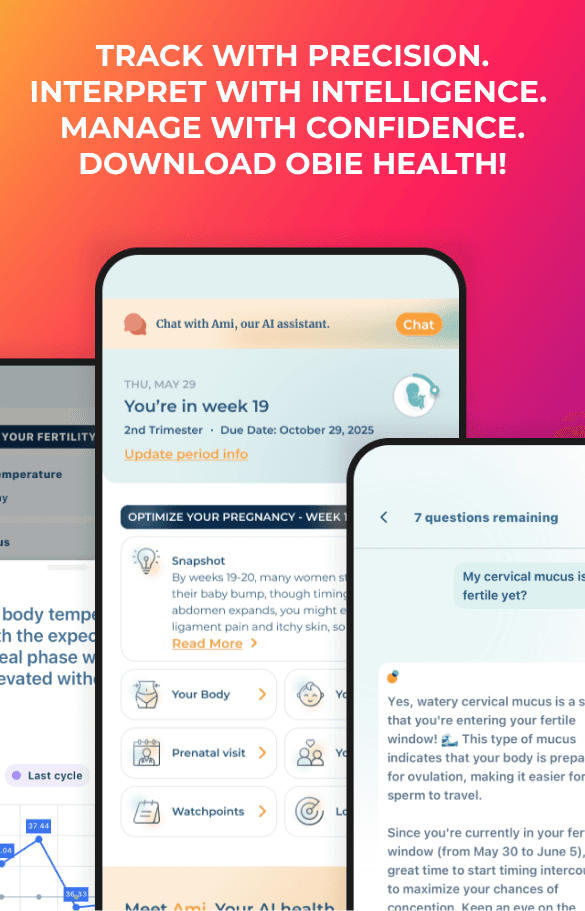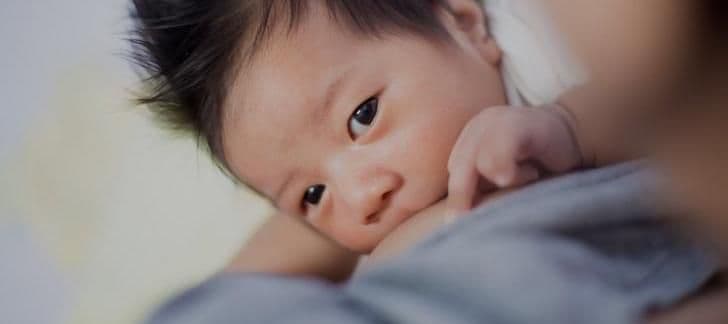Postpartum Pelvic Floor Dysfunction: Recovery and Rehabilitation
Obie Editorial Team

Pelvic floor dysfunction is a common but often overlooked postpartum issue. The strain of pregnancy and childbirth can weaken these muscles, leading to symptoms like incontinence, pelvic pain, and organ prolapse. Understanding how to support your pelvic floor recovery can improve long-term health and well-being.
Common Postpartum Pelvic Floor Issues
- Urinary Incontinence: Leakage when sneezing, laughing, or exercising is common after childbirth but should improve with targeted exercises.
- Pelvic Organ Prolapse: Weak pelvic muscles may cause a feeling of heaviness or bulging in the vagina.
- Painful Intercourse: Some women experience discomfort or pain during intimacy due to muscle tightness or scarring from delivery.
How to Strengthen the Pelvic Floor Postpartum
- Kegel Exercises: Strengthening these muscles can help regain bladder control and improve overall support.
- Pelvic Floor Physical Therapy: A specialist can provide tailored exercises and techniques for recovery.
- Avoid Heavy Lifting: Excessive strain too soon after birth can hinder healing.
- Posture and Core Work: Engaging deep core muscles correctly can aid pelvic floor rehabilitation.
Ignoring pelvic floor issues can lead to long-term discomfort and dysfunction. If symptoms persist beyond a few months, consulting a healthcare provider or pelvic floor therapist is highly recommended.
Source:
Bo, K., et al. (2017). Pelvic floor muscle training for prevention and treatment of urinary incontinence in postpartum women. International Urogynecology Journal.









